
NATIVE THYME (Ozothamnus obcordatus) SEEDS 'Bust Tucker Plant' Edible Oz
Thyme ( Thymus vulgaris) is a low-growing, woody perennial that performs especially well in somewhat dry, sunny conditions. A beloved Mediterranean herb, it holds its taste in cooking and blends well with other flavors of its native region, such as garlic, olive oil, and tomatoes.

Culinary Thyme Scientific Name UploadScout
Description Common thyme is a woody, broadleaf evergreen perennial in the mint family (Lamiaceae) native to Southwestern Europe and southeastern Italy. There are many cultivars. The origin of the word "thyme" is from the Greek word, thumos, which means "courage." During Medieval times, thyme was thought to have been an emblem of bravery.

Native Thyme Prostanthera incisa Melbourne Bushfood
The soil should be well-draining and slightly acidic, with a pH between 5.5 and 7.0. Prepare the soil. Before planting native thyme, prepare the soil by tilling it to a depth of 12-18 inches. Make sure to remove any weeds and rocks, and add a 2-3 inch layer of organic matter, such as compost or aged manure.

How To Grow Native Thyme Bunnings Australia
Plant order of Thymus vulgaris Look and characteristics of Thyme Plant Leaves Flowering Thyme - cultivation and care Location Sowing Fertilization Watering Wintering Care Harvest Diseases and pests Thyme and its use Thyme in the kitchen Thyme as a medicinal plant Medicinal properties Thyme can be used for many ailments and diseases. These include
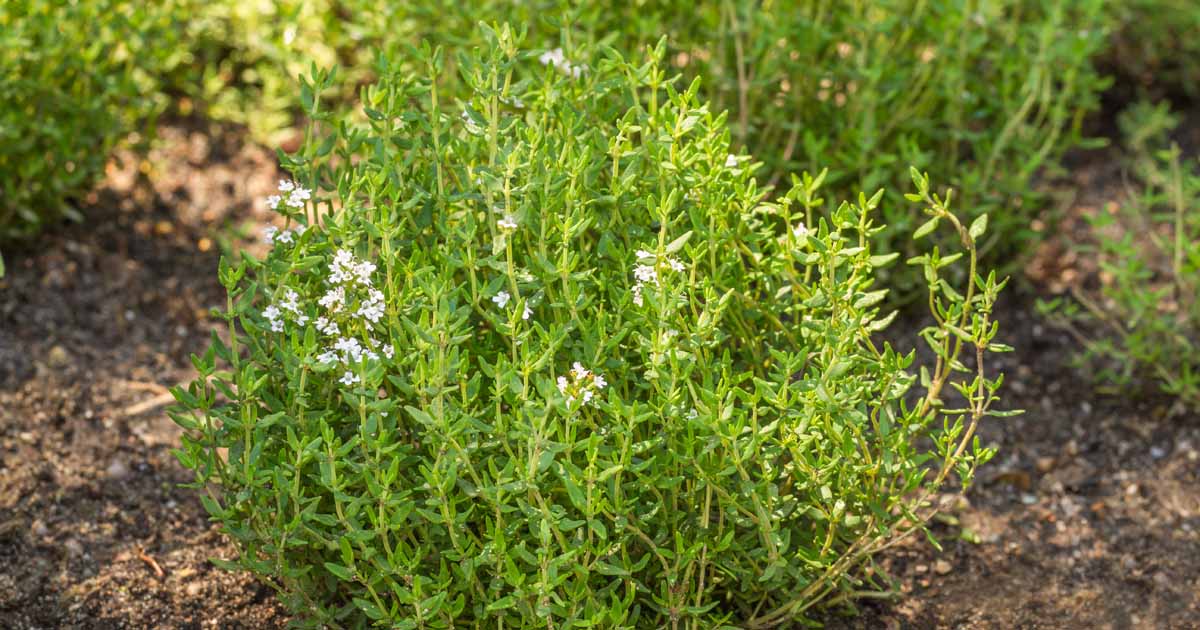
How to Grow and Care for Common Thyme Gardener’s Path
Facts Garden thyme is a widely cultivated culinary herb that very occasionally escapes cultivation. In New England it has been collected as escaped plants only in Massachusetts. Habitat Anthropogenic (man-made or disturbed habitats ), meadows and fields Characteristics Habitat terrestrial New England state Massachusetts Flower petal color
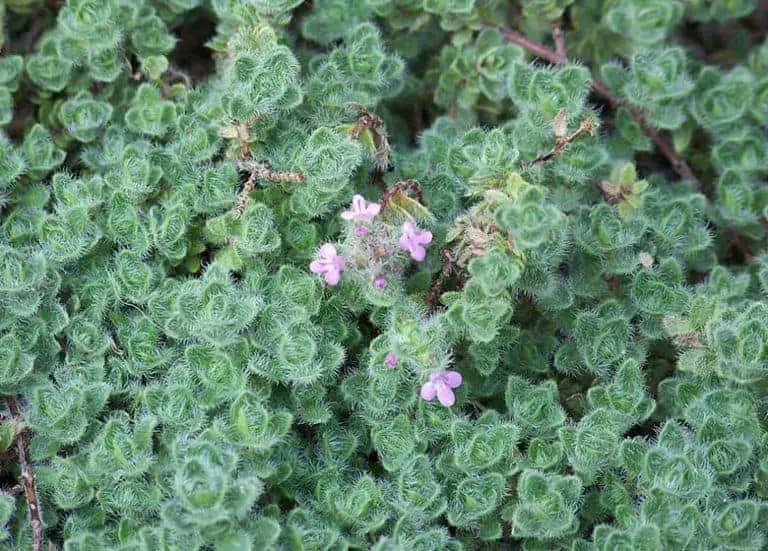
Grow Thyme In Florida When To Plant & Benefits of Thyme
Creeping thyme is a low-growing, creeping, woody-based perennial.in the Lamiaceae (mint) family native to Greenland, Europe, and Turkey. The origin of the word "thyme" is from the Greek word thumos, which means courage. In the past, thyme was thought to have been an emblem of bravery.. The plant measures 3 to 6 inches tall and due to its.

Nature notes wild thyme The Times
Award-winning Native Thyme is a "pleasantly overpowering" botanical perfect for enhancing meat and umami flavours.
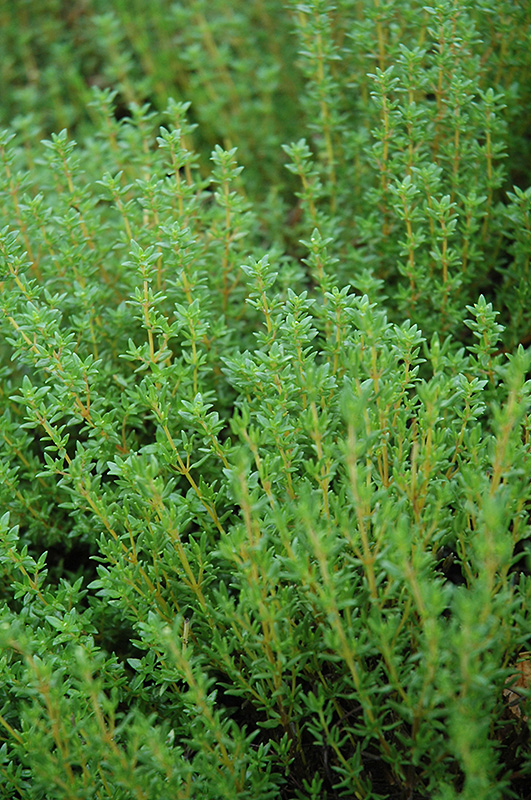
Common Thyme (Thymus vulgaris) in Columbus Dublin Delaware Grove City Gahanna Bexley Ohio OH at
The genus, Thymus, is a member of the Lamiaceae or Mint family and has about 350 different species of perennial herbaceous plants and evergreen shrubs. The species has various sizes and growth habits. Thyme has been cultivated for centuries as an ornamental or for culinary use.
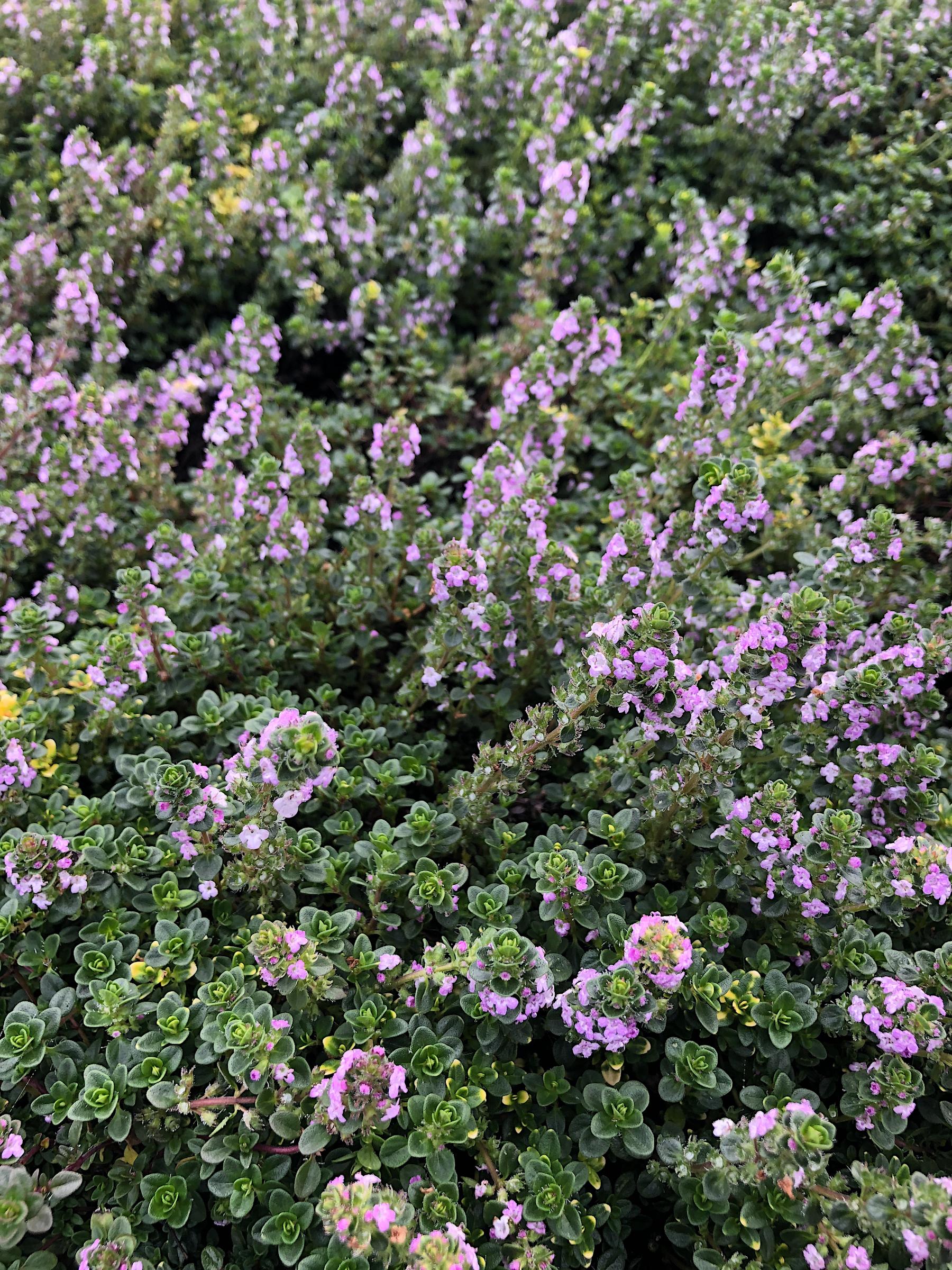
Thymus ‘Doone Valley’ Native Sons Wholesale Nursery
Common Non-Native Plants. Many pretty plants are so common in gardens that you wouldn't know they were actually stowaways! Here are a few non-native plants that are part of our heritage today. Daylilies. Credit: Kvkirillov/Getty. Orange-red daylilies arrived in Europe from China during the 17th century and were widely cultivated in the New.
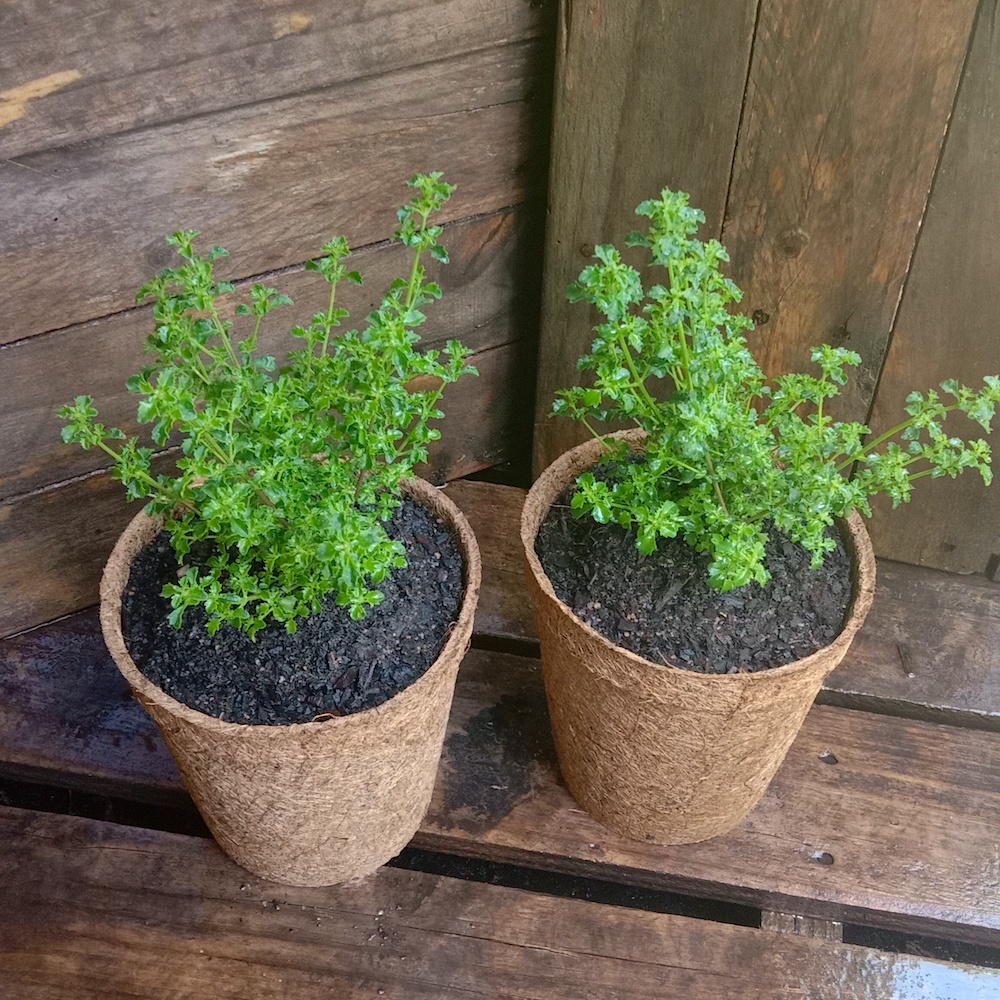
Native Thyme 3.7L coir Kalamunda Plant Company
Native Thyme, or Cut-leaf Mint Bush is an Australian native plant, an aromatic shrub with edible leaves. Here's how to grow it, eat it and drink it. Native Thyme - Photo © The Gourmantic Garden Native Thyme, (Prostanthera incisa) is an Australian native plant originally used as a medicinal herb.
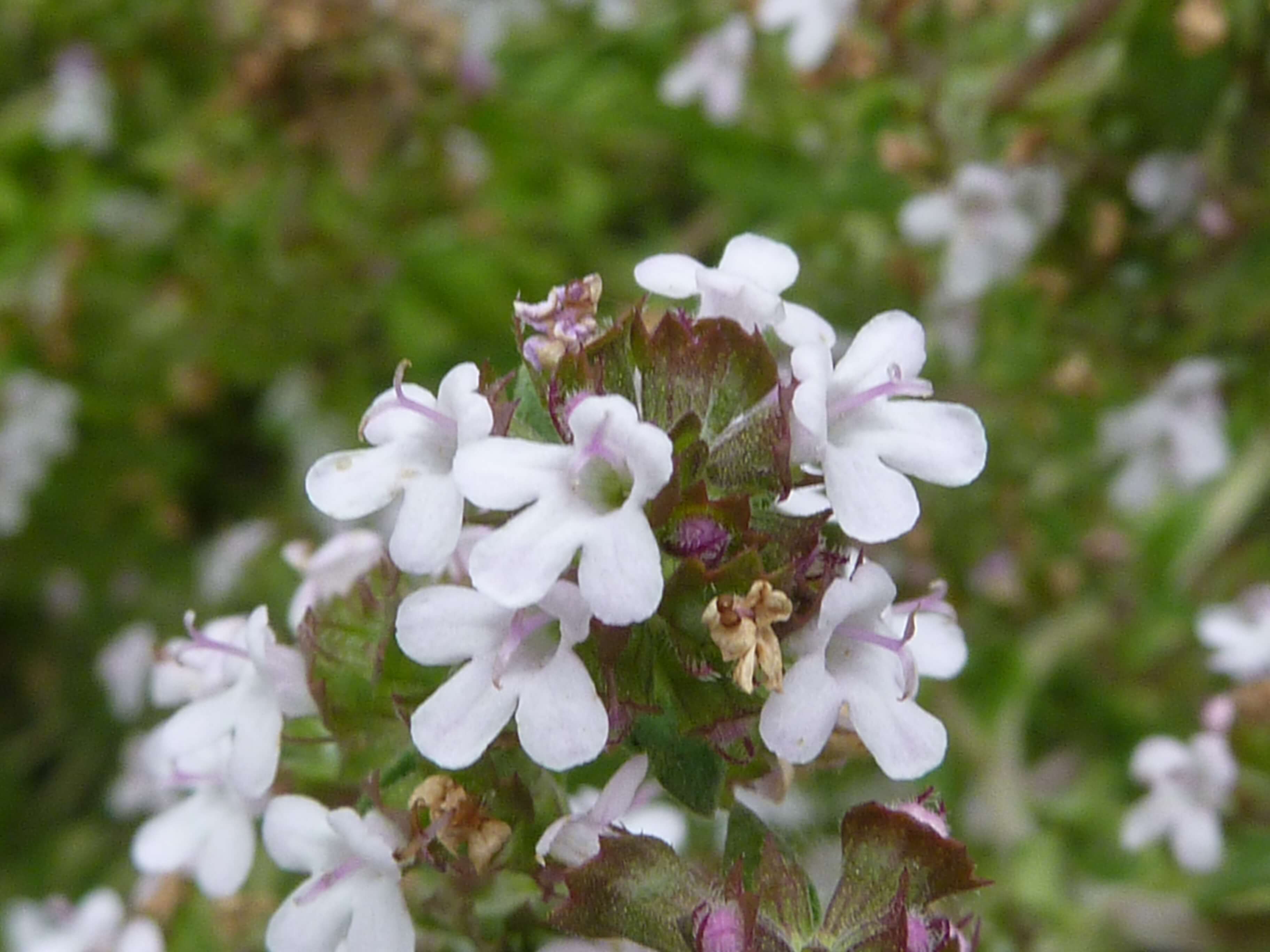
Hetty's Herbs & Plants » Thyme Common
Plant type: perennial shrub. Climate: cool and warm temperate, sub-tropical. Soil: moist, well drained and slightly acidic (pH 5.5-6.5), enriched with organic matter. Position: full sun to part shade. Foliage: small, ovate and highly aromatic with softly toothed edges. Flowering: masses of mauve-purple, cup-shaped blooms appear in spring.
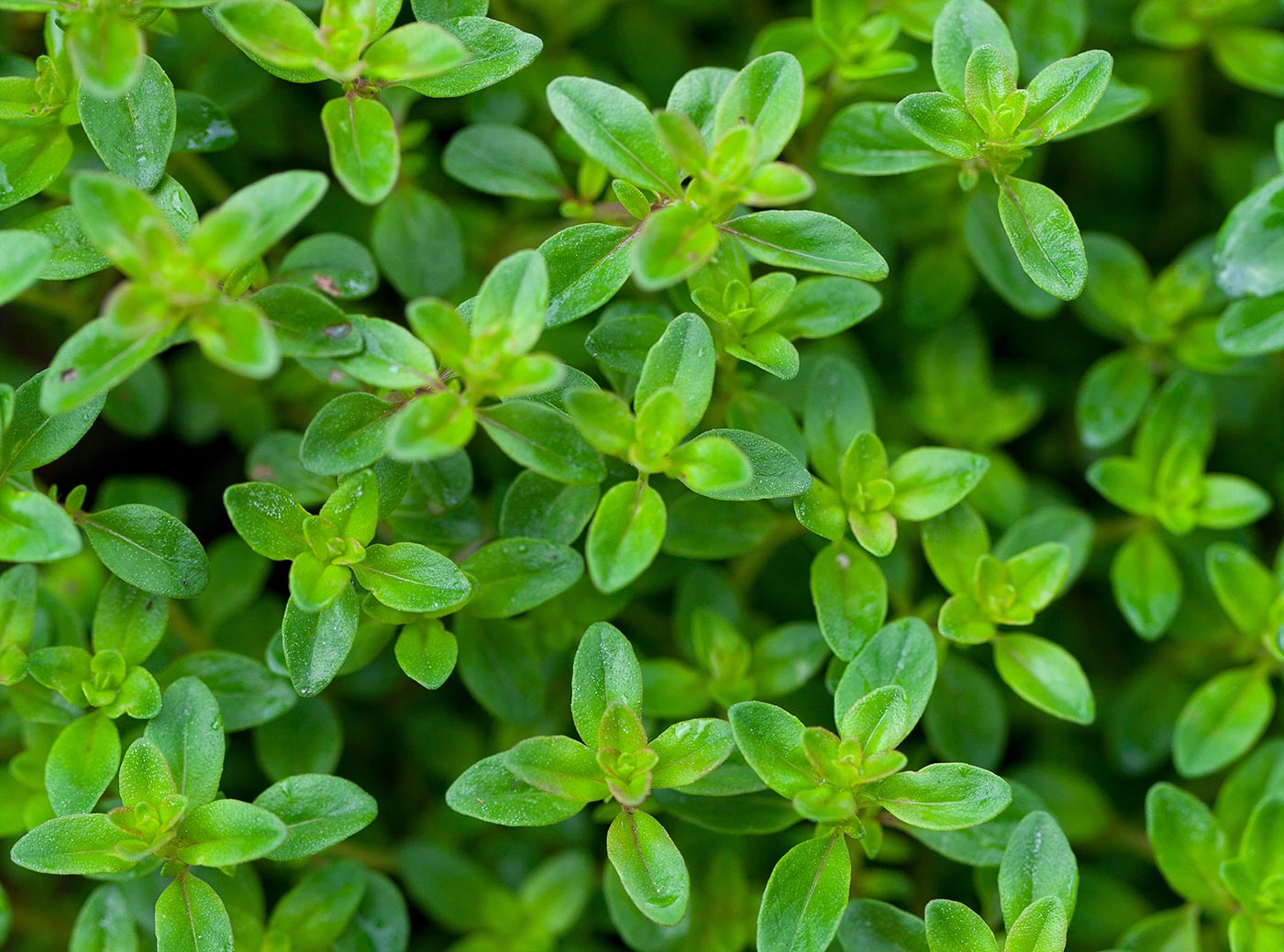
10 Ground Cover Plants to Grow in South Carolina
About Thyme Thyme is a herbaceous perennial plant of the mint family that is often used as a culinary spice. Thyme is a culinary herb and aromatic garden plant native to the Mediterranean. Known for its earthy, evergreen, and often citrusy flavor, thyme is used in a range of cuisines from Italian to Middle Eastern to Mediterranean.

Creeping Thyme Magic Carpet Seeds thymus Serpyllum 100seeds Etsy Red creeping thyme, Ground
Plant these new plants at least 12 inches apart in the garden or in four-inch pots, ensuring that the root system of each is completely buried beneath the surface. Cover the roots in soil, pack gently, mulch with three to six inches of material if planting in the garden, and water.
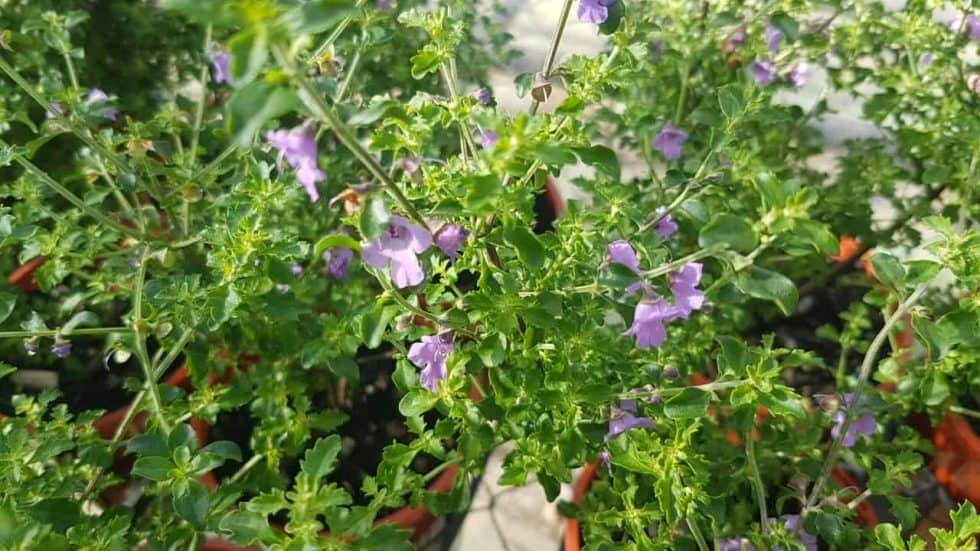
Native Thyme Prostanthera incisa Tucker Bush
Prostanthera incisa, commonly known as cut-leaf mint-bush [2] or native thyme, is a species of flowering plant in the family Lamiaceae and is endemic to south-eastern continental Australia. It is an erect, strongly aromatic, openly branched shrub with hairy, densely glandular branches, egg-shaped to oblong leaves, and pale mauve to mauve flowers.
.jpg)
Australian Native Herbs to Grow & Use At Home Love The Garden
Thyme ( / taɪm /) is the herb (dried aerial parts) of some members of the genus Thymus of aromatic perennial evergreen herbs in the mint family Lamiaceae. Thymes are relatives of the oregano genus Origanum, with both plants being mostly indigenous to the Mediterranean region.

Native Thyme (Prostanthera incisa) 20 Peppermint Ridge Farm
Thymus serpyllum, known by the common names of Breckland thyme, [3] Breckland wild thyme, wild thyme, creeping thyme, or elfin thyme, is a species of flowering plant in the mint family Lamiaceae, native to most of Europe and North Africa.